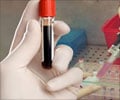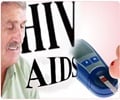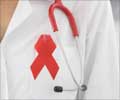A new study reveals that while providing HIV screening does reveal few HIV positive patients, around a quarter of them are in acute phase.

Of 22,468 patients who were tested for HIV, 78 (0.28 percent) had new HIV diagnoses. Of those, 23 percent had acute HIV infections and 28 percent had a T-cell count below 200 or an opportunistic infection (in other words, had AIDS). Eight-two percent of patients with confirmed HIV did not have health insurance. Patients excluded from testing included those who had an altered level of consciousness and had higher risk profiles, such as prison inmates.
Dr. Geren and her team used a fourth generation antigen/antibody HIV test with rapid results which has only been available since 2009. The relatively new test allows for earlier and easier detection of HIV.
"In 2006, the Centers for Disease Control and Prevention (CDC) suggested universal screenings for patients in populations with a prevalence of undiagnosed infections greater than 0.1 percent, which would include our patient population" said Dr. Geren. "However, it is difficult to ask an already overburdened, underfunded emergency department and its staff to perform a public health function. The reality is that the lack of organizational support and upfront costs will likely be major barrier to implementing this type of testing in many emergency departments across the country."
Source-Eurekalert















